Excavations, ecologists and engineers: behind the scenes work at South Wales Metro
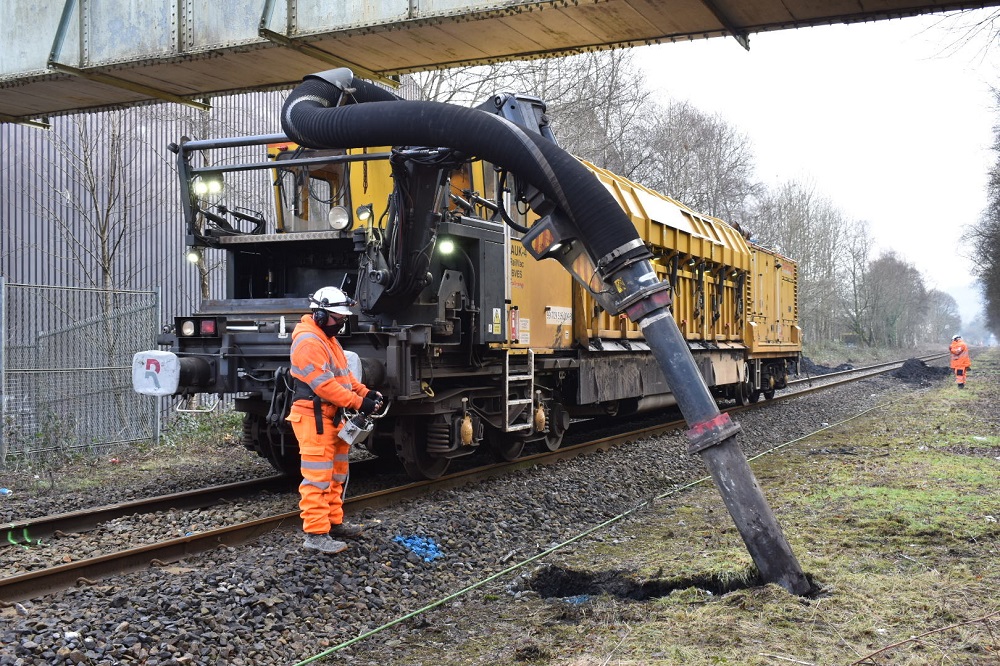
Alex Seabrook, local democracy reporter
A giant hoover excavating six-metre deep holes, ecologists checking for badger setts, and even a former international rugby star, all feature in the ongoing work on the railways north of Radyr.
For three weeks in January, passengers who normally catch a train on the Methyr, Aberdare or Treherbert lines have to get on a rail replacement bus instead. But riding the bus it’s difficult to see all the work on the railways that form part of a historic upgrade to the network.
The railways across south-east Wales have suffered for decades from a lack of investment, with creaky Pacer trains from the 1980s still running two decades after they were supposed to last. Until now, as Transport for Wales builds the long-awaited South Wales Metro.
After the expert behind the project, Professor Mark Barry of Cardiff University, said the metro is hampered by public disbelief — admitting even his mother doesn’t believe it’s coming — new exclusive photos reveal the wide extent of work taking place behind the scenes.
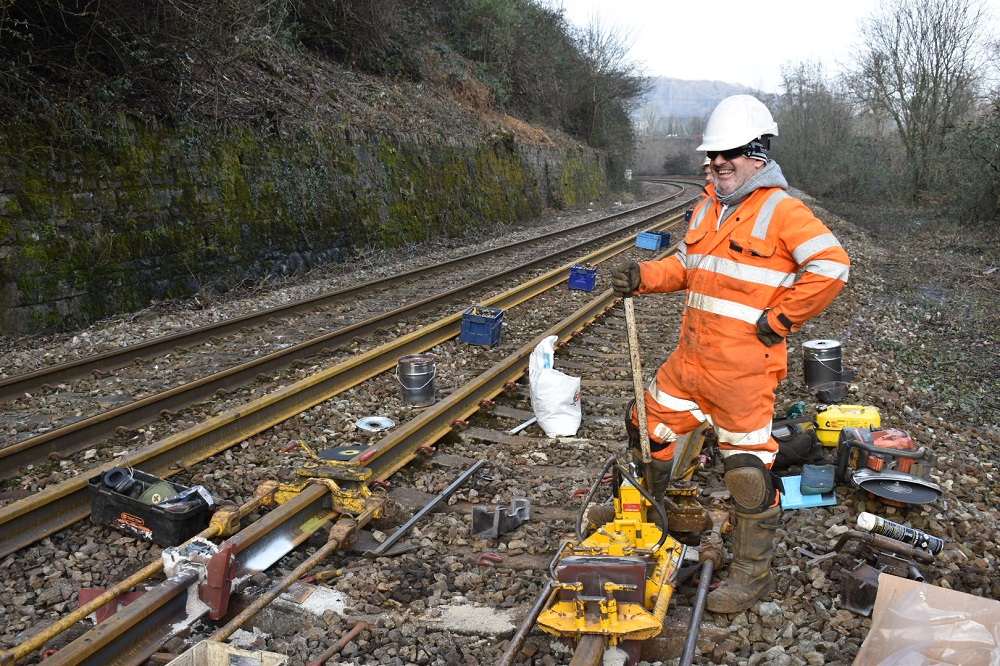
A big part of the metro project is electrifying the lines. Currently the trains run on diesel, but electrified lines would mean trains emitting much less carbon dioxide, and being more energy efficient and cheaper to run.
Before overhead lines can be put up, to supply electricity to the new trains, a huge steel tube must be put in deep below the ground, to provide a solid foundation for the overhead wires, called ‘piling’. And before that, engineers must check the ground for existing infrastructure.
Near Treorchy, a team of engineers have been excavating holes next to the railway to check for gas or water mains running underground. Most are mapped already, but some aren’t yet. The job means using a ‘Rail Vac’ machine: a giant hoover that sucks up the earth in minutes.
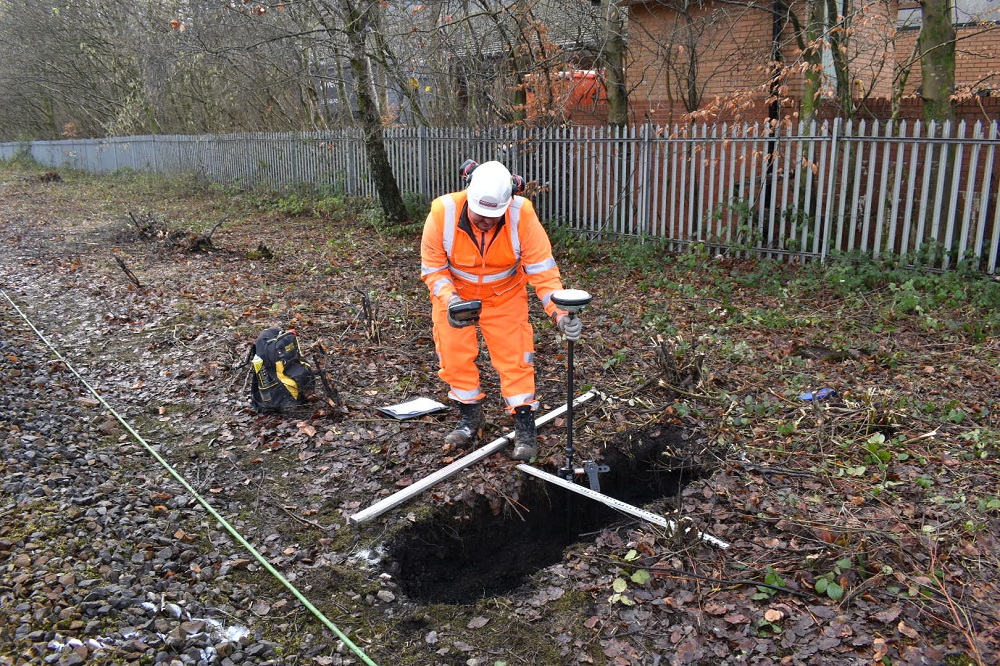
Each hole is about six metres deep, and is checked for any existing pipes. If some are found still in use, then the steel piling can be redesigned to go around them. Others found are ‘dead’: no longer in use and can be cut and removed. The team can dig 40 holes a day.
‘Good atmosphere’
Behind the Rail Vac, another machine follows to refill the huge holes with soil. The three weeks the railways have been shut, the teams are working on this job around the clock, night and day.
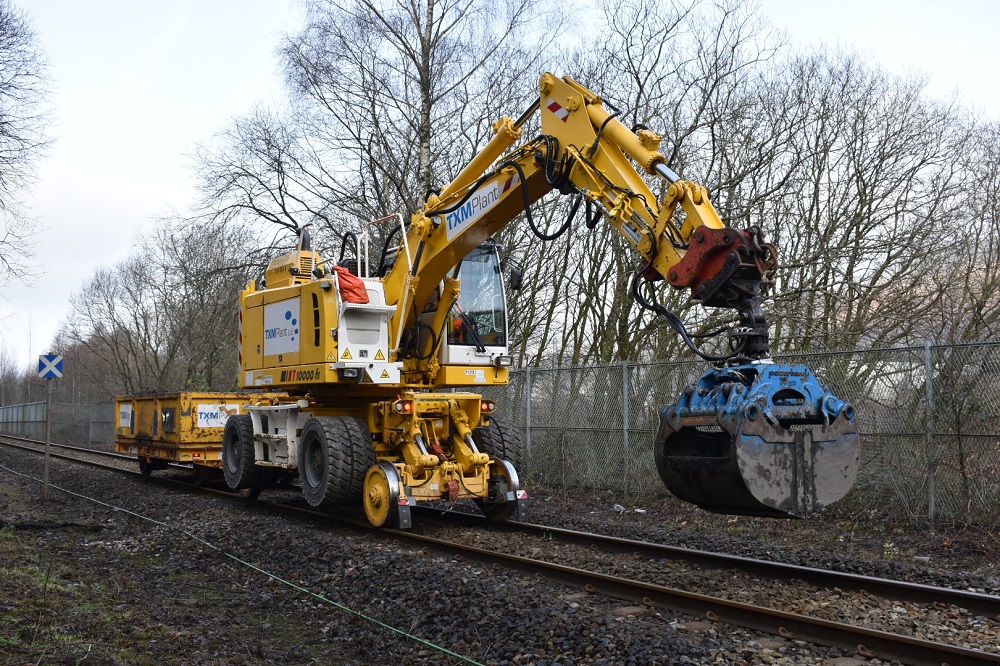
Ahead of the Rail Vac, preparing the area for excavations is the devegetation team. Branches and bushes growing too close to the railway are cut back with strimmers and saws. Ecologists check the trees and plants first for any important wildlife, like badger setts.
One member of the devegetation team working near Treorchy is Emori Katalau, who rugby fans may know as ‘Skylab’. A former player for Exeter Chiefs, Llanelli RFC and the Fiji national rugby team, he now works on the railways, and also coaches Rhigos RFC.
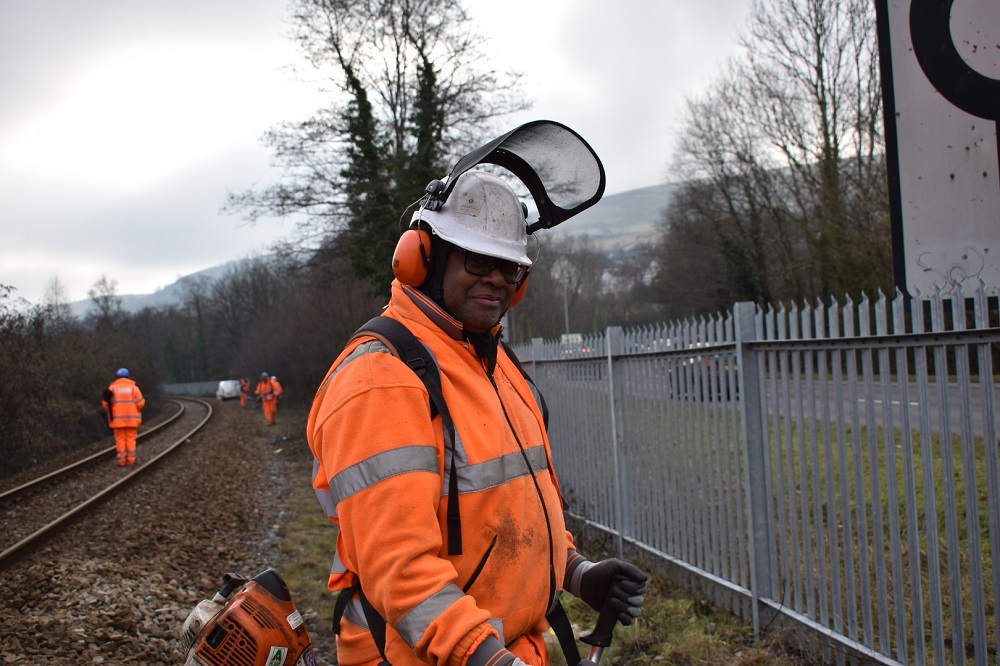
A lot of the workers upgrading these lines are from the Valleys, including boss Jamie Meredith, senior construction and safety assurance manager, from Rhymney. He said a lot of the workers, including himself, have previously worked all over the UK.
He added that many of them welcome the opportunity to work “20 minutes away from home”, as well as seeing the huge investment in the Valleys. In fact, Transport for Wales has a sustainability framework, which means hiring a lot of local Welsh firms and workers.
Closer to Cardiff, a ‘re-railing team’ has been replacing the track just north of Radyr. With a scenic view of the river Taff and Radyr weir, the work involves taking off the old track, putting in new rails, and tempering them to prevent buckling.
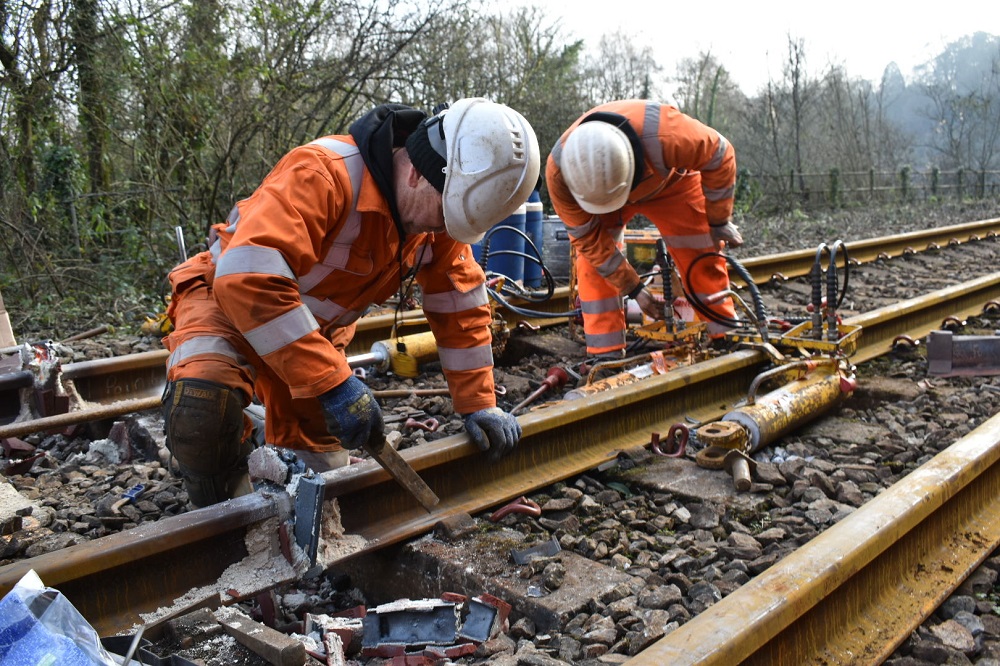
One “pretty new” member of this team is Wayne Fisher, who has been working on the railways for just five months. A former support worker in drug and alcohol rehab in south London, he said: “It’s very different to anything I’ve done previously; but I fancied a change.
“There’s a good atmosphere and camaraderie, and we’re all keeping safe and wearing the correct PPE. It’s good to be part of a brilliant organisation doing very important work.”
Despite all the hard work behind the scenes, the coronavirus pandemic has inevitably had an impact. The tram-trains due to be rolled out on the metro lines won’t be ready until 2023, as Covid-19 delays the factories building the new rolling stock.
But when the South Wales Metro is finally finished, passengers should be able to get from the Heads of the Valleys into Cardiff in just 40 minutes — with vastly improved connectivity across the region, hopefully meaning more jobs, investment, and a better standard of living.
Support our Nation today
For the price of a cup of coffee a month you can help us create an independent, not-for-profit, national news service for the people of Wales, by the people of Wales.





